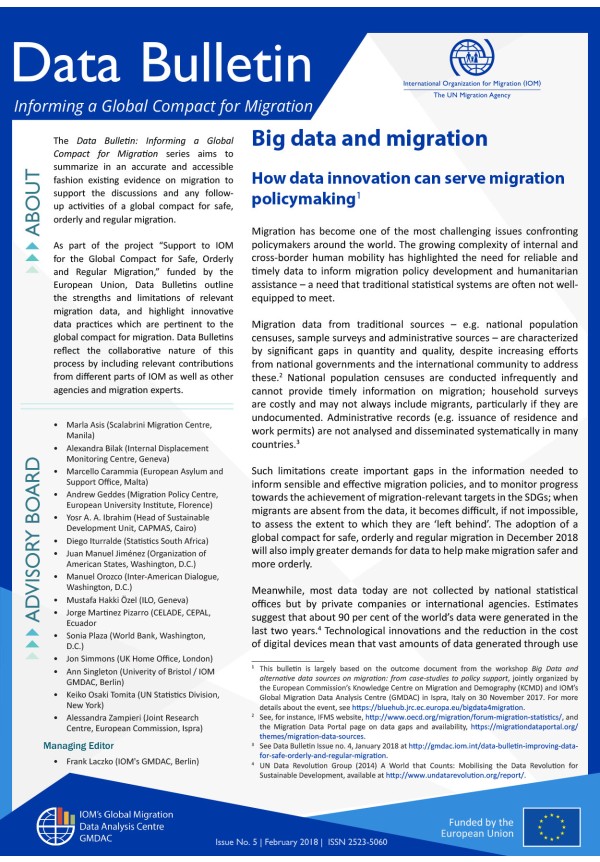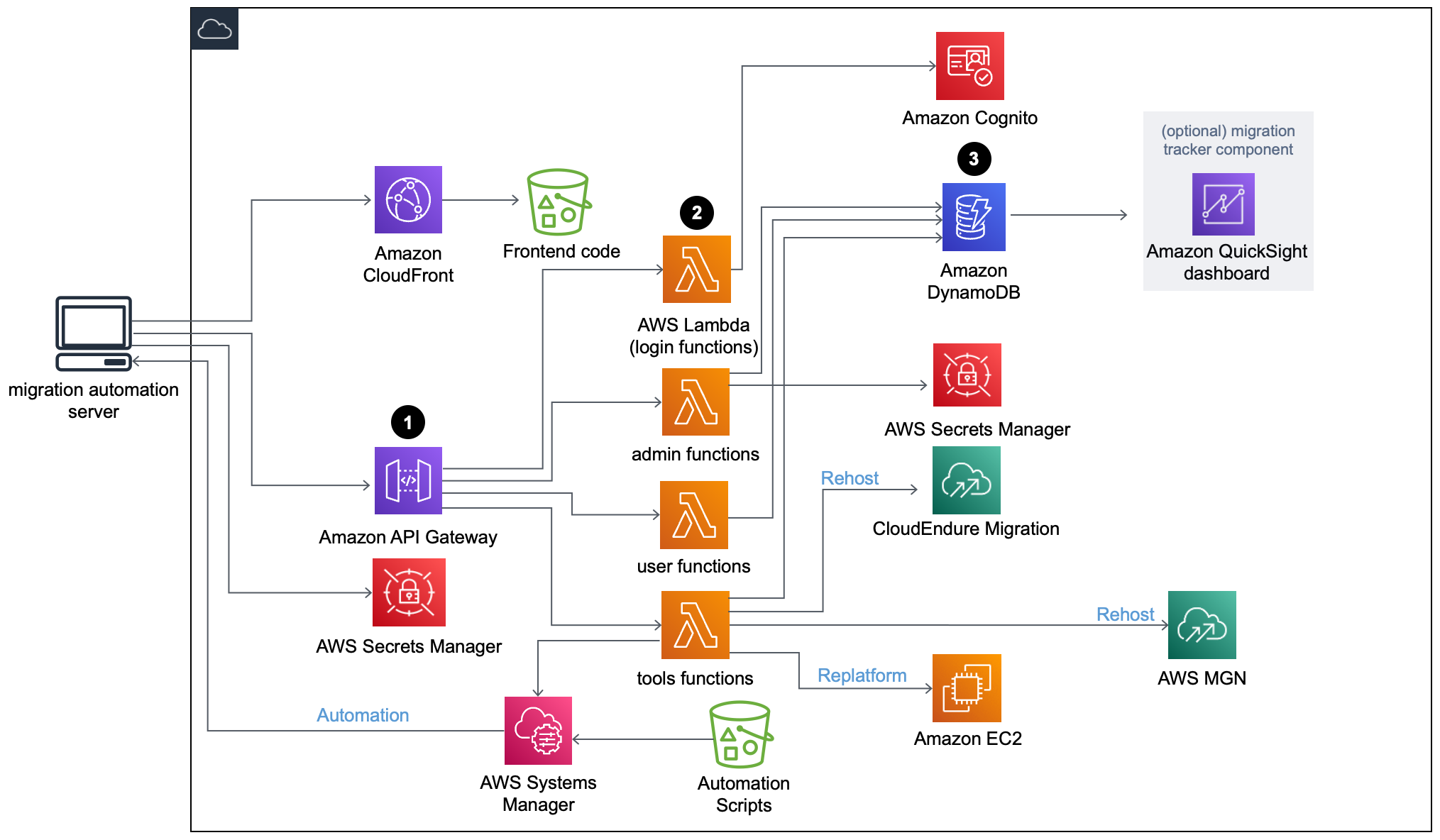[Big Data Migration: $750,000 De Economia Mensal Para Empresa De Seguros]

Executive Summary

This article explores the remarkable case of a major insurance company that achieved a staggering $750,000 in monthly cost savings by migrating its massive data infrastructure to the cloud. The company’s journey involved a meticulous planning and execution process, leveraging best practices in big data migration. This article delves into the key strategies and considerations employed, highlighting the transformative impact of cloud computing and data analytics in the insurance industry.

Introduction
In today’s data-driven world, insurance companies face a constant challenge: how to manage and leverage their vast data assets to optimize operations, improve customer experiences, and stay ahead of the competition. Traditional data management solutions often struggle to keep pace with the rapid growth of data volumes and the increasing complexity of analytical requirements. Cloud migration, however, offers a powerful solution to these challenges, enabling organizations to harness the scalability, flexibility, and cost-effectiveness of the cloud to unlock the true value of their data. This article examines the successful journey of a major insurance company that embraced cloud-based data analytics and reaped substantial financial benefits as a result.
Frequently Asked Questions
- What are the key benefits of migrating big data to the cloud? Cloud migration offers several significant benefits for insurance companies, including increased scalability, improved flexibility, reduced costs, enhanced security, and faster time to insights. By leveraging cloud services, insurers can handle massive data volumes with ease, adapt quickly to evolving business needs, optimize infrastructure expenses, strengthen data security measures, and gain valuable insights from their data more efficiently.
- What are the most important considerations when planning a big data migration? A successful big data migration requires meticulous planning and execution. It’s crucial to assess the current data infrastructure, define migration objectives, select the appropriate cloud platform, develop a detailed migration strategy, ensure data security and compliance, and implement robust testing and validation processes.
- How can insurance companies maximize the return on investment from their cloud migration projects? To maximize ROI, insurance companies must clearly define their business goals, optimize cloud resource utilization, leverage advanced data analytics capabilities, integrate cloud solutions with existing systems, and cultivate data literacy among their workforce.
Data Governance and Compliance
Data governance and compliance are paramount in the insurance industry, where sensitive customer information is a top priority. Cloud migration presents unique opportunities to enhance data security and compliance, but it also introduces new challenges. Companies must ensure that their cloud providers adhere to industry regulations, such as GDPR, HIPAA, and CCPA.
- Data Security and Privacy: Implementing robust security measures, including access controls, data encryption, and threat detection, is crucial.
- Data Compliance: Ensuring that data is stored and managed in accordance with all applicable regulations is essential.
- Auditing and Monitoring: Regularly auditing and monitoring cloud environments to identify and address potential security risks is critical.
- Data Loss Prevention: Implementing effective data loss prevention mechanisms to protect against accidental or intentional data loss is a key consideration.
Data Analytics and Insights
Data analytics plays a critical role in enabling insurance companies to extract actionable insights from their data. Cloud-based analytics platforms provide a scalable and cost-effective solution for handling large datasets and performing complex analyses.
- Predictive Analytics: Using historical data to predict future trends and events, such as customer churn, fraud detection, and risk assessment.
- Customer Segmentation: Identifying and understanding different customer groups to personalize products and services.
- Pricing Optimization: Analyzing market trends and customer behavior to optimize pricing strategies.
- Operational Efficiency: Identifying inefficiencies in business processes and implementing data-driven solutions to improve efficiency.
Cloud Infrastructure and Architecture
Choosing the right cloud platform and designing a robust cloud infrastructure are critical for a successful big data migration. There are several cloud providers available, each with its unique strengths and capabilities.
- Cloud Provider Selection: Carefully evaluating the capabilities, pricing models, and security features of different cloud providers to choose the best fit for your needs.
- Cloud Architecture Design: Designing a scalable and resilient cloud infrastructure that can handle growing data volumes and complex workloads.
- Hybrid Cloud Strategies: Combining public and private cloud resources to optimize cost and performance.
- Cloud Monitoring and Management: Implementing tools for monitoring cloud performance, resource utilization, and security vulnerabilities.
Cost Optimization and ROI
Cloud migration offers significant potential for cost optimization, but careful planning and execution are crucial to realize the benefits. Optimizing cloud resource utilization and negotiating favorable pricing terms with cloud providers can help insurers maximize their ROI.
- Cost Analysis and Budgeting: Conducting a thorough cost analysis to identify potential savings and develop a comprehensive budget for the migration project.
- Cloud Resource Optimization: Optimizing resource utilization by identifying underutilized resources and adjusting capacity as needed.
- Cost Management Tools: Leveraging cloud cost management tools to track spending, identify cost-saving opportunities, and implement cost optimization strategies.
- Return on Investment (ROI) Measurement: Establishing clear metrics to track the financial impact of the migration project and demonstrate its value to stakeholders.
Conclusion
The success story of the major insurance company that achieved $750,000 in monthly cost savings through a strategic big data migration to the cloud exemplifies the transformative power of cloud computing and data analytics in the industry. By embracing cloud-based solutions, insurance companies can unlock the full potential of their data, drive operational efficiency, improve customer experiences, and gain a competitive edge. However, it’s critical to approach cloud migration with a comprehensive strategy, addressing data governance and compliance, leveraging advanced analytics capabilities, optimizing cloud infrastructure, and focusing on cost optimization to maximize ROI.
Keywords
- Big Data Migration
- Cloud Computing
- Data Analytics
- Insurance Industry
- Cost Optimization

